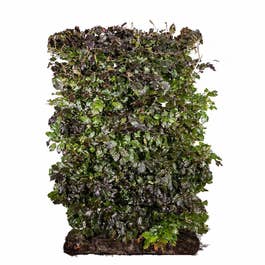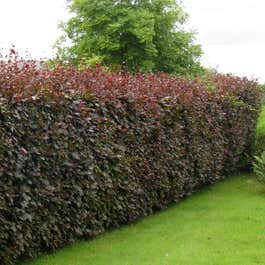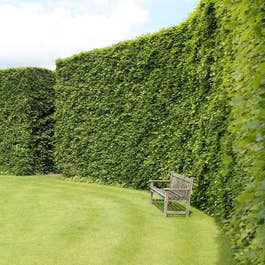If you were looking for a Copper Beech hedge, would you click on Common Beech or our Purple Beech (fagus sylvatica purpurea) page? This is a decision that we find a lot of our customers struggling with, as the difference between these two varieties can be quite unclear. This blog is here to clear things up.
Let’s start with the similarities of these two Beech hedges to understand what causes all the confusion. Both Common Beech and Purple Beech are deciduous hedge plants, although with the correct care and pruning, the brown leaves can last on the hedge throughout autumn and winter, providing year-round cover, similar to that of an evergreen hedge.
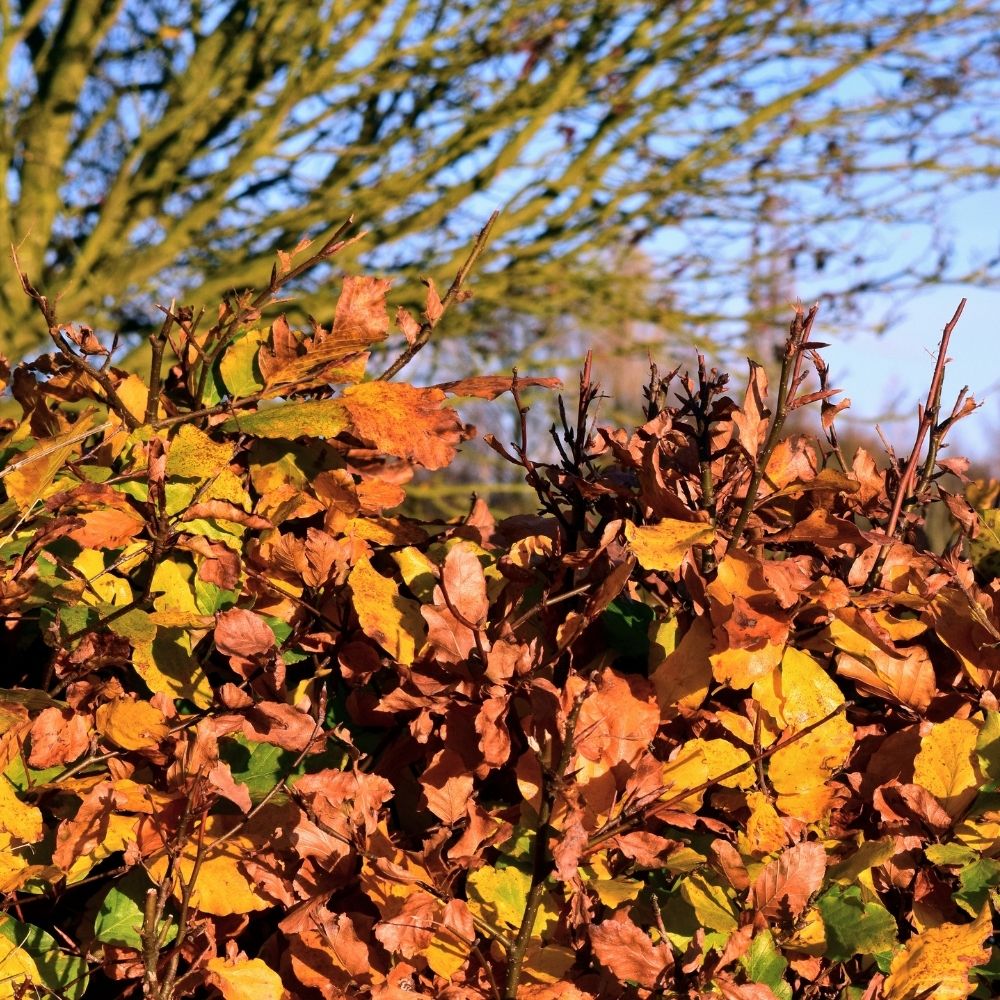

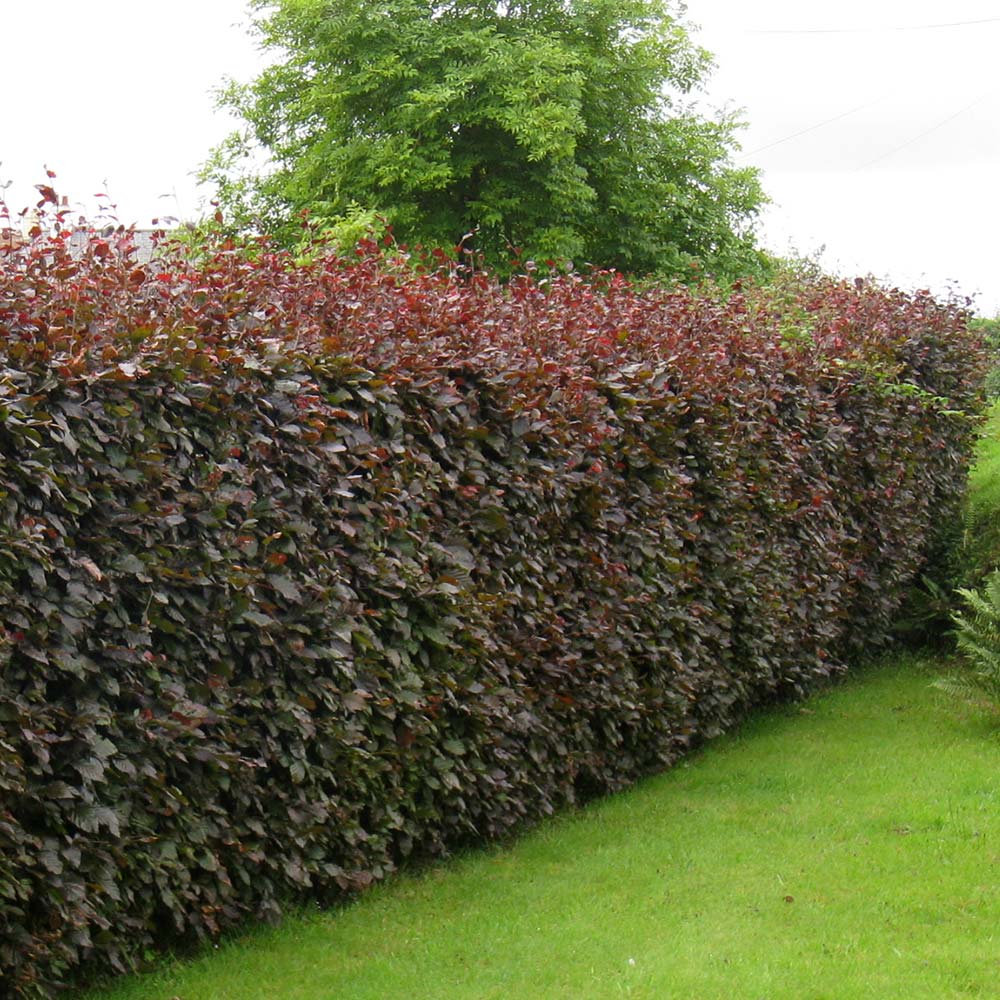



The leaves of both Common Beech and Purple Beech, become toasted with blazing shades of copper and bronze in the autumn. Because the autumnal foliage of both of these varieties is copper, many people ask for Copper Beech hedging with the intention of enjoying a green hedge in the spring and summer and a copper hedge the rest of the year. However, Copper Beech is actually another name for the Purple Beech variety, which displays dark foliage throughout spring and summer, with wavy, overlapping leaves splashed with shades of rich, deep purples and showy, khaki greens. Common or Green Beech would be the correct hedging to choose for green spring/summer foliage.
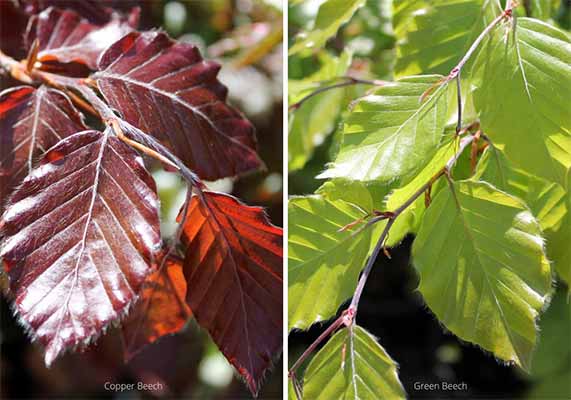

So, now that we have identified that a Copper Beech hedge is actually a Purple Beech hedge, simply known by another name, we can start to focus on the best features of this hedging. Fagus Sylvatica Purpurea, to use the Latin name (and confuse things a little bit more), is a bold hedging plant, perfect for making a statement in any garden. The unusual mixture of dark colours that decorate this hedge make a wonderful contrast against the greens of your lawn and other surrounding plants. Copper Beech hedges are also a great source of food for a variety of wildlife, providing nuts, known as beech mast for hungry birds and squirrels.
Copper Beech was first discovered in Germany in the late 1400’s and occurred as a natural variation of Common (Green) Beech. It is estimated that 1 in every 1000 Green Beech seeds will develop with purple leaves, resulting in a Purple/Copper Beech hedge. These hedges are propagated by seed, meaning that the seeds of established Purple Beech hedges are used to grow new Purple Beech plants.
Although it is very likely that the seeds will produce purple leaves, there is no guarantee that green leaves won’t also develop. However, all of our suppliers take good care to remove any seedlings with signs of the common Green Beech foliage immediately, to leave you with the truest Copper Beech hedge. If you do require a completely purple Beech hedge, we recommend that you purchase a reserve of Beech plants, only 5% or 10% extra, because Purple Beech will vary in shade from darkest bruised green to rich purple.
With a reserve kept in their pots or provisionally planted in a veg patch or other soft ground you can remove any Copper Beech plants that aren’t purple enough for you and swap them for your reserve in the following season. Though at Best4hedging, we think Copper Beech hedging looks at its most spectacular when the purple foliage is punctuated with flashes of dark-green, showing off the natural variation of the hedge.



